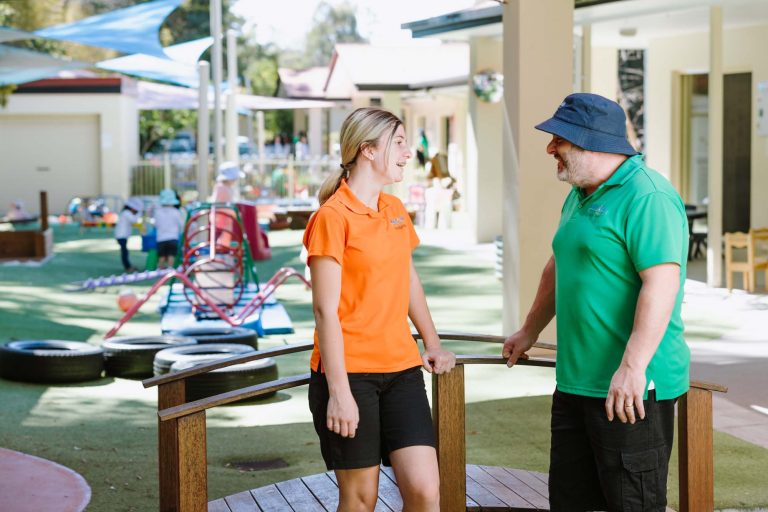According to recently released data by the Australian Bureau of Statistics (ABS), the seasonally adjusted unemployment rate remained at 3.5 percent in December, in line with the updated figure for November. However, there was also an increase in decreased hours worked in December due to sick leave.
Lauren Ford, head of labour statistics at the ABS, said: “With employment decreasing by around 15,000 people, and the number of unemployed increasing by 6,000 people, the unemployment rate remained steady at 3.5 percent.”
“The seasonally adjusted participation rate fell 0.2 percentage points to 66.6 percent in December, back to around where it was in October. Despite this slight fall from its historic high, it finished the year 0.8 percentage points higher than its pre-pandemic level,” Ms Ford said.
“In December, we saw the number of people working reduced hours due to illness increasing by 86,000 to 606,000, which is over 50 percent higher than we would usually see at this time of the year,” Ms Ford said.
2022 had an average annual employment growth rate of 3.4 percent, and a 3.2 percent growth overall in hours worked, despite the high rate of sick leave experienced throughout 2022.
“The strong employment growth through 2022, along with high participation and low unemployment, continues to reflect a tight labour market,” Ms Ford said.
Within this tight labour market many industries are facing a growing skills shortage.
According to a survey of Australian CEO’s, conducted by global research and advisory organisation PwC, Australia’s CEOs are increasingly aware of the skills shortage issue with 78% expressing availability of key skills as a top threat to growth, up from 71% last year.
The survey also showed that 60% of Australian adults are worried that automation is putting jobs at risk – yet there is a readiness among Australians to learn with 69% of adults prepared to learn new skills or completely retrain in order to improve their future employability (this figure jumps to 77% among 18–34 year-olds).
Business leaders can help solve this skills mismatch, yet only 23% of those surveyed say that upskilling is happening within their workplace.
Paul Miles, Managing Director of The BUSY Group stated: “With the theme in 2022 likely to continue in 2023, the Australian government is focussed on increasing skills growth for industry by offering a range of initiatives that provide incentives to businesses, job seekers and current workers. These include the continuing financial incentives for priority industries, particularly for apprenticeships and traineeships, along with career mentoring programs to encourage reskilling and retention in the workplace for Australia’s older workers (Skills Checkpoint program), and for women to be supported in entering non-traditional trades (BUSY Sisters mentoring program). There is also a range of skills development and scholarship programs by Commonwealth and State Governments for career entry support.
“The BUSY Group delivers a range of supporting programs and initiatives funded by federal and state government. If there is a new career path you are considering for 2023, or you work in an industry experiencing a skills shortage, we encourage you to find out more”, Paul further stated.
To find out more visit www.busyatwork.com.au
Source: Australian Bureau of Statistics

